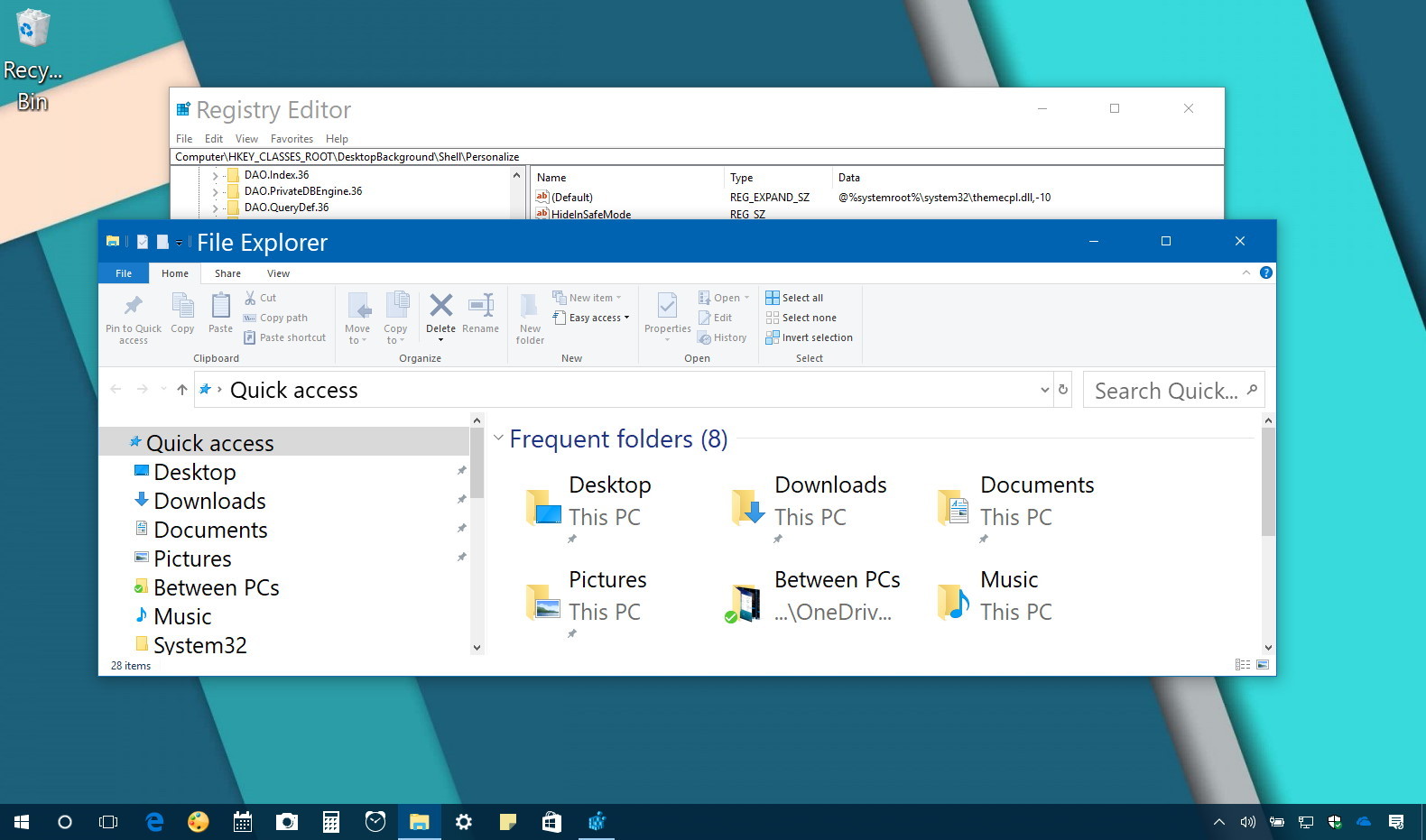

I was just randomly troubleshooting the problem and accidentally stumbled upon this fix. Note the menu fonts now display normally for all appsĪs to why we had this font problem and as to why the above fixes it, I have no idea.For me, it was set to English (Australia), change it to another language, say, Chinese (Simplified).Language for non-Unicode programs > Click Change system locale.I found a bizarre solution to the problem: I tried registry hacks to the Windows Metrics as well as setting the Windows DPI to a higher level, but, the weird behavior described in step 3 persisted. Even popup font for right click on Windows start was affected. Whenever the PC was reboot, the first app run, would show normal menu font, then, the subsequent app launched (be it same or different) would yield microscopic menu fonts (I estimate it was half the font size compared to everything else).

After which, the menu fonts appeared incredibly small.

 System operating fine all the way until WindCreators Update. What is even more weird was the thing that "fixed" it. Recently, we had a Surface Pro 3 exhibit some weird behavior with menu fonts (all other fonts were okay, only menu fonts). My recommendation would be to always try "System (enhanced)" first and fall back to "System" if that doesn't work. System (enhanced) - Only works with certain (GDI) programs but will scale programs whilst reducing the amount of blurring. System - Windows will stretch the UI, this will cause all text and graphics to become blurry. Application - The default setting, scale only if a program reports itself as not high DPI aware. Previously you needed to change a registry setting and use manifest files to resolve this - however in the latest version of Windows you can now right click on the executable, select properties and override the DPI setting: Unfortunately a number of programs incorrectly say "yes" (when they actually mean "no") and, as a result, end up being displayed extremely small. If a program says "yes", then Windows lets the program do the scaling. If a program says "no", then Windows handles the scaling to ensure that they aren't microscopic. When programs run, Windows says "hey, are you high DPI aware?". One possible reason is because you're using a high DPI screen.
System operating fine all the way until WindCreators Update. What is even more weird was the thing that "fixed" it. Recently, we had a Surface Pro 3 exhibit some weird behavior with menu fonts (all other fonts were okay, only menu fonts). My recommendation would be to always try "System (enhanced)" first and fall back to "System" if that doesn't work. System (enhanced) - Only works with certain (GDI) programs but will scale programs whilst reducing the amount of blurring. System - Windows will stretch the UI, this will cause all text and graphics to become blurry. Application - The default setting, scale only if a program reports itself as not high DPI aware. Previously you needed to change a registry setting and use manifest files to resolve this - however in the latest version of Windows you can now right click on the executable, select properties and override the DPI setting: Unfortunately a number of programs incorrectly say "yes" (when they actually mean "no") and, as a result, end up being displayed extremely small. If a program says "yes", then Windows lets the program do the scaling. If a program says "no", then Windows handles the scaling to ensure that they aren't microscopic. When programs run, Windows says "hey, are you high DPI aware?". One possible reason is because you're using a high DPI screen.








 0 kommentar(er)
0 kommentar(er)
